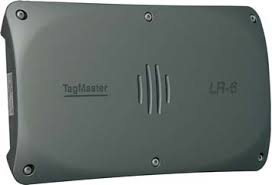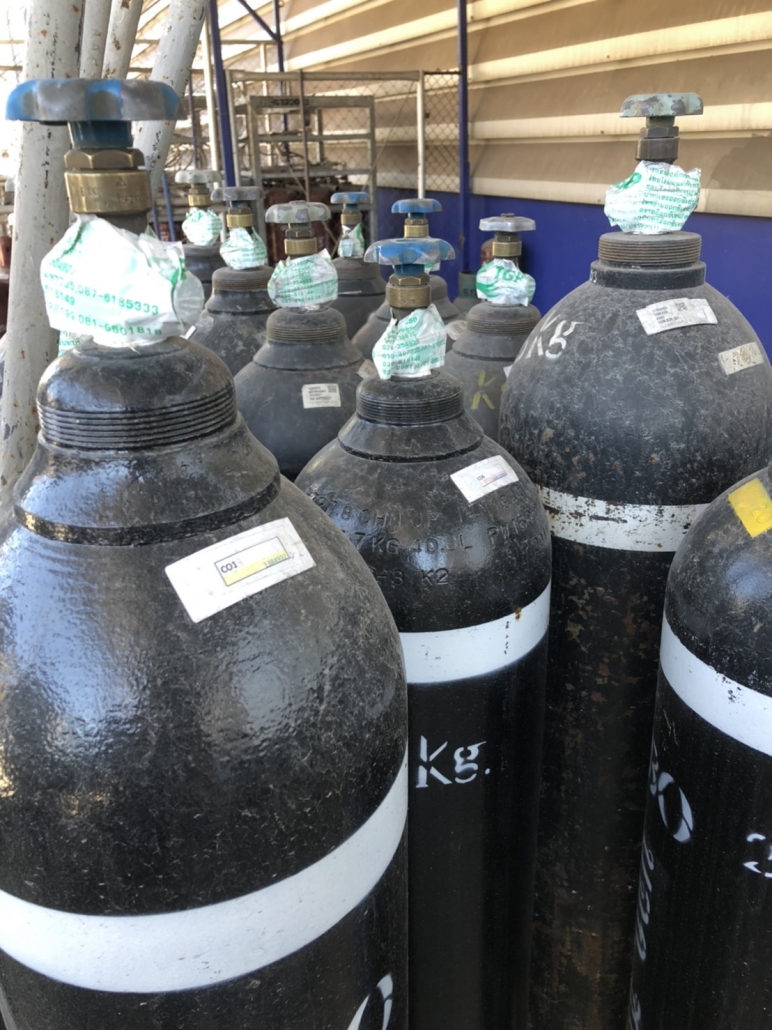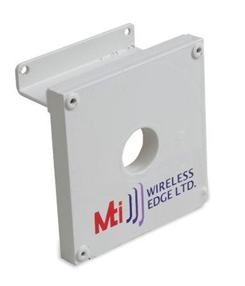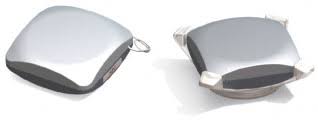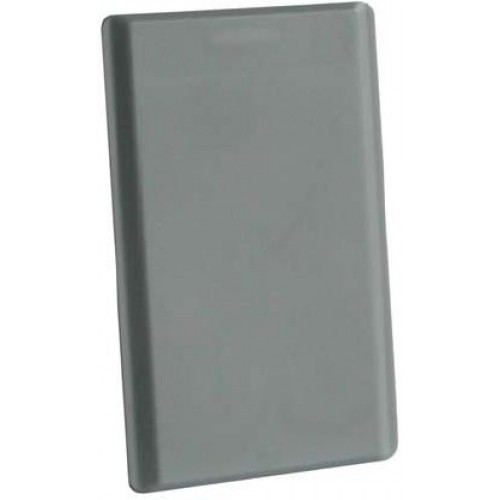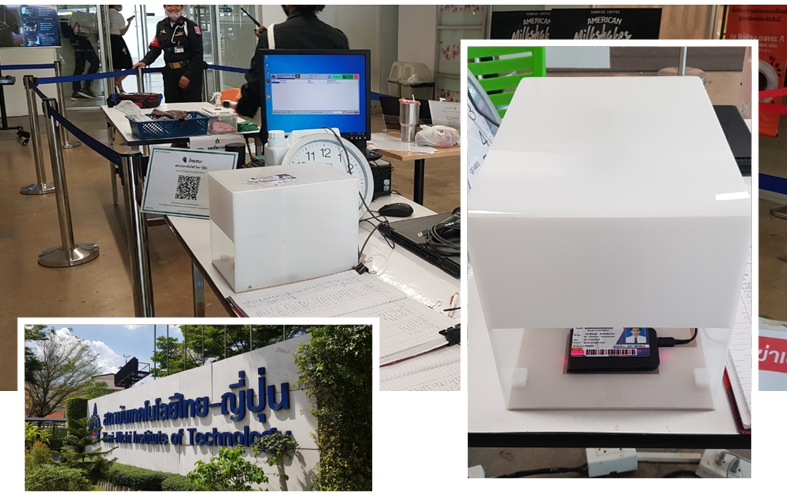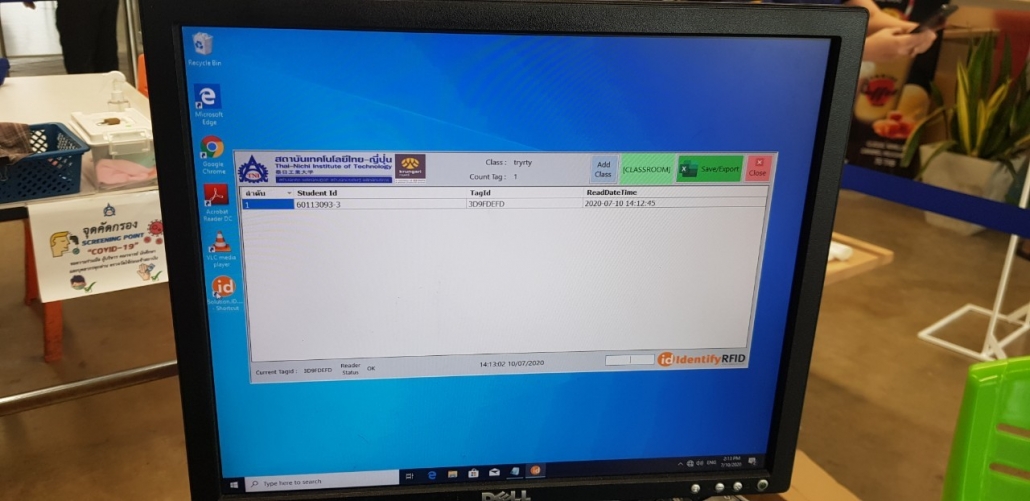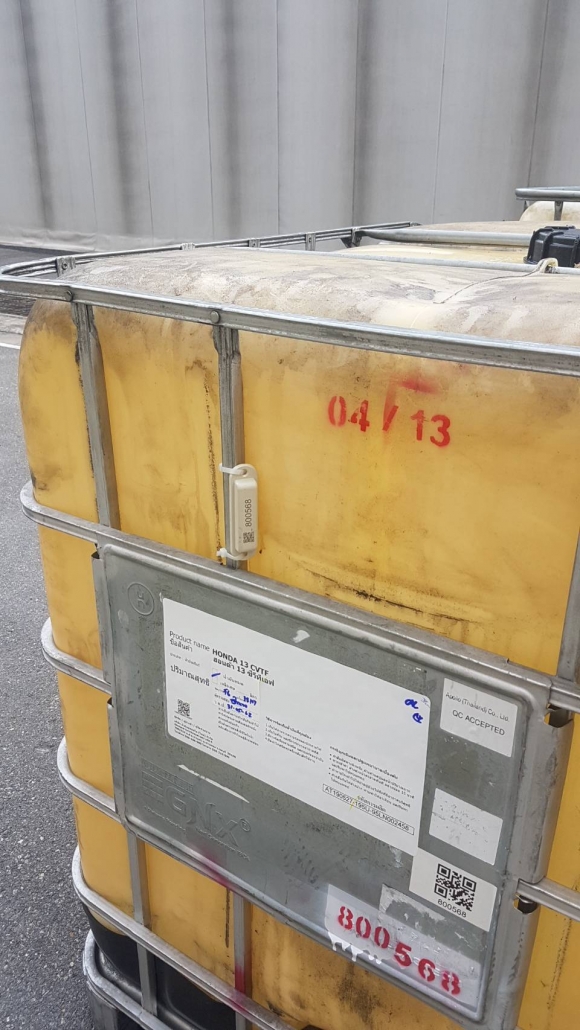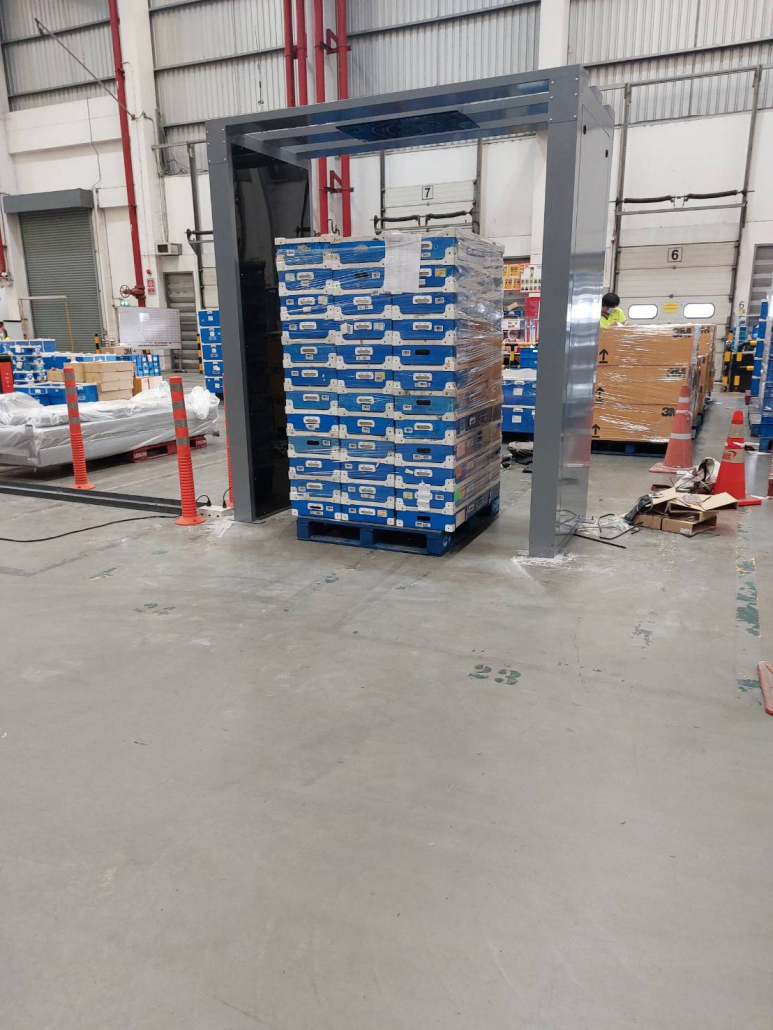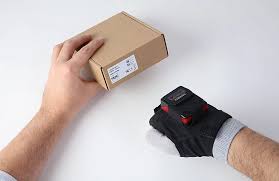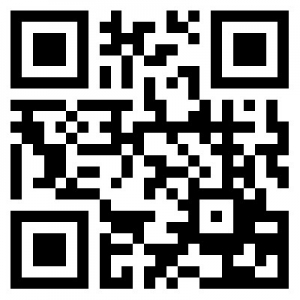Tag Master Heavy Duty Active RFID Reader
Description
The Tag Master LR-6HD is an active RFID reader for heavy-duty. It is an all in one reader with integrated antenna. This RFID reader is developed for applications where a higher environmental classification is required, for example in railway solutions where track-side mounting is required. The heavy-duty readers are robust and designed for very tough conditions. The readers are designed to withstand vibrations as well as being highly resistant to electrical interference. Heavy-duty also means that the readers are built to withstand climatic conditions such as rain, ice and high or low temperatures.
The reader’s specification has been matched to meet the needs of the rail industry and the LR-6HD can identify ID-tags at passage speeds of up to 400 km/h and up to 10 metres reading distance.
Key Technical Data
- Dimensions: 290 x 165 x 55 mm Dimensions 290 x 165 x 56 mm (11.42 x 6.50 x 2.21 inch)
- Computer Interface: RS232, RS485, Wiegand/Magstripe, Ethernet (TCP/IP)
- RF Interface: Internal antenna
- Power supply: 10–30 VDC Power supply 10 to 30 VDC (NOM 24 V)
- Power consumption 5 W (max 15 W) Power consumption 5 W (max 15 W)
- Operating frequency: 2.435 to 2.465 GHz Read range up to 10 metres* (33 ft)
- RF Power Output: Output power 10 mW
- Reading distance typical: Up to 10 metres
- Encapsulation: IP66
- Operating temperature: -40°C (-40°F) to +70°C (+158°F)
- Standard conformity: CE Certificate according to R&TTE-Directive 1999/5/EC, FCC M39LRXX +applicable railway standards
